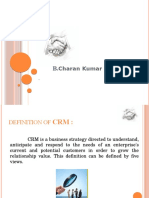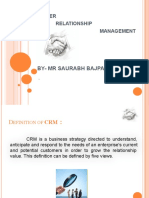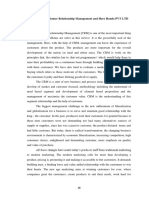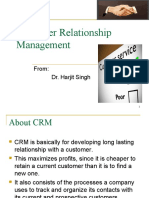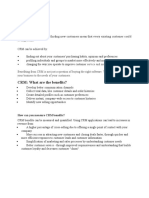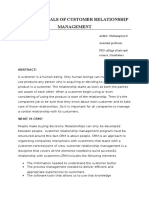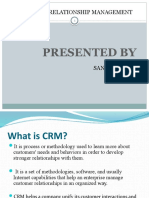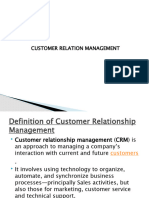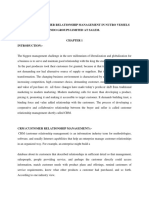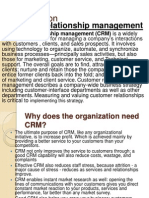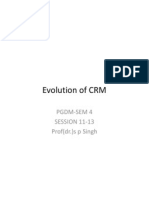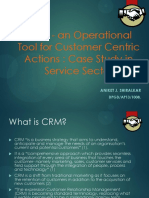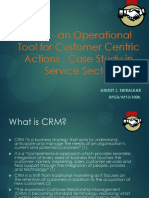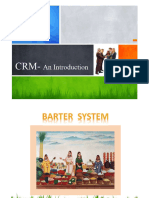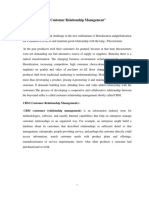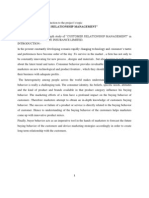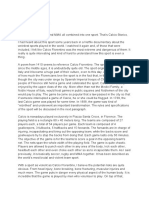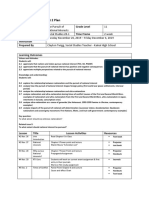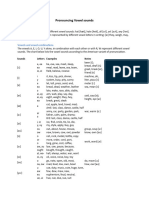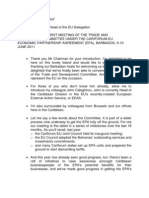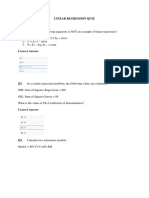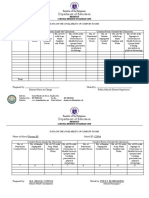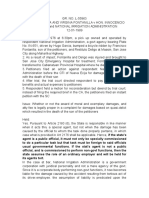0% found this document useful (0 votes)
155 views34 pagesCustomer Relationship Management: Presented By:-2034-2048 Presented To - DR - Ajay Prashar
Customer Relationship Management (CRM) involves using technology to organize a business around its customers to improve customer service and maximize customer lifetime value. It has three key components: interactions with customers, front office operations like sales and marketing, and tools to enhance relationships. CRM provides benefits like reduced costs, increased customer satisfaction and retention, and more profit. Electronic CRM (e-CRM) uses internet technologies to manage customer relationships online for increased convenience and a better customer experience.
Uploaded by
Neeraj SharmaCopyright
© Attribution Non-Commercial (BY-NC)
We take content rights seriously. If you suspect this is your content, claim it here.
Available Formats
Download as PPT, PDF, TXT or read online on Scribd
0% found this document useful (0 votes)
155 views34 pagesCustomer Relationship Management: Presented By:-2034-2048 Presented To - DR - Ajay Prashar
Customer Relationship Management (CRM) involves using technology to organize a business around its customers to improve customer service and maximize customer lifetime value. It has three key components: interactions with customers, front office operations like sales and marketing, and tools to enhance relationships. CRM provides benefits like reduced costs, increased customer satisfaction and retention, and more profit. Electronic CRM (e-CRM) uses internet technologies to manage customer relationships online for increased convenience and a better customer experience.
Uploaded by
Neeraj SharmaCopyright
© Attribution Non-Commercial (BY-NC)
We take content rights seriously. If you suspect this is your content, claim it here.
Available Formats
Download as PPT, PDF, TXT or read online on Scribd
/ 34










